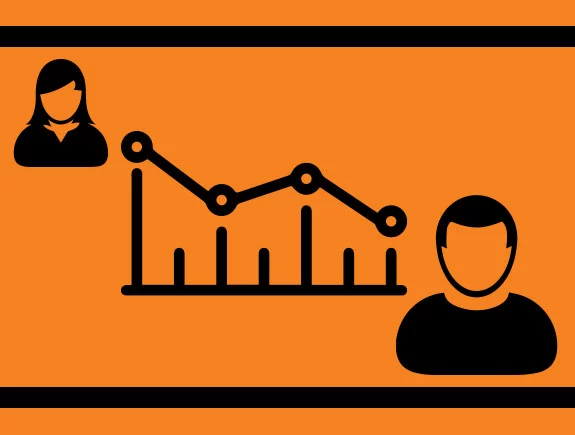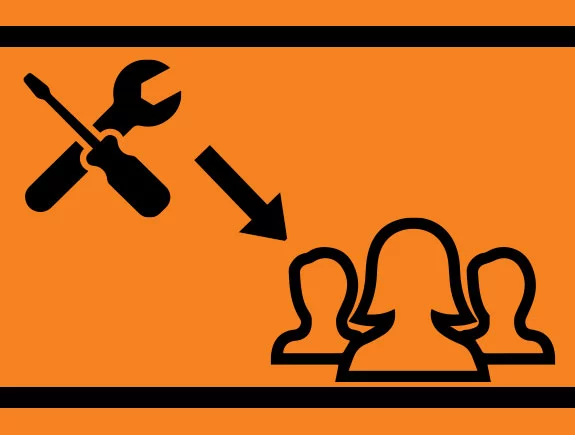In uncertain times, such as now, when the economic situation often changes and numerous factors affect business, it is important to turn to the reevaluation of existing strategies and all the tools that help us build a strong brand. One of those key tools is the user persona. Habits, needs, choices, expectations, and even priorities of customers are changing. Brands must recognize this and react quickly to changes in order to remain relevant in the market and maintain or increase their profits.
User persona, or photo-robot of the ideal customer, is a key tool for brands, enabling them to satisfy the needs and desires of customers. This is, among other things, because it helps them to recognize the customer’s needs, but also to create an action plan for acting in the direction of satisfying those needs.
However, a changing or uncertain economic situation also assumes that the user persona is in a constant process of change. What customers did in 2019 before the coronavirus, then during that period, and then even today with the emergence of the energy crisis is by no means the same. It is necessary to reconsider everything, because customers, especially their needs, have changed. Their purchasing decisions are also changing, and this can especially affect your business.
A user persona is a practical marketing tool that allows you to reach those customers who are really interested in your brand
As mentioned previously, a user persona is a detailed portrait of your ideal customer. Often, brands have not one, but several ideal customers. So one describes the ideal customer from one target group, the other from a completely different one, and what all these descriptions have in common is a detailed profile that contains demographic data, shopping habits, reasons the customer buys, and under what circumstances.
This profile of the ideal customer is important, first of all, for the seller, who then has a detailed description of the person to address and sell the product on a daily basis. So it’s not what the seller thinks the buyer might like, but a detailed description of what the buyer really needs. The profile of the ideal customer is an internal tool, based on experience, data on previous sales, research on customer behavior, etc.
Changing circumstances require improved, new user personas
Customer needs sometimes do not change for a very long time – for years, when it comes to some products. However, it happens that, due to certain global events or advances in technology, changes occur in a shorter period of time. These are best illustrated with an example to make it even clearer.
The needs of sneaker buyers didn’t change much from 2000 to, say, 2010. But…then in the next decade, more and more people started talking about healthy lifestyles, more people started running every day, and sneakers became even more in demand than before. In addition, some of them are also environmentally conscious, so they started looking for models produced exclusively from sustainable and recycled materials.
Then came the pandemic year 2020, the lockdown, and too much time we all spent indoors. This has influenced many customers (who previously were not sporty types at all) to change their habits and start running, walking, or doing any sport. Their goal was to spend as much time as possible outdoors.
Sales jumped again, and marketing agencies and brands were finding new user personas. Thus, a typical buyer of sustainable brand sneakers was previously “Iva, yoga instructor, 27, Belgrade”, and after the lockdown, it became “Filip, senior IT expert, 37, Novi Sad”. In the meantime, Philip started running, although he had never done it before, so he went from someone who was not in the focus of the brand at all, to and became its loyal customer.
Taking this example into consideration, we can conclude that it is very important to anticipate changes in the market and adapt to them. Even more important is to rethink what our ideal customer looks like from time to time because even that can change.
A user persona should predict customer behavior, not just describe existing ones
At some basic level, we can say that a user persona is created based on all the information that has been gathered as part of the research about the target group. However, it should not be just a collection of information but can have a much more serious role. This role is reflected in the idea of the ideal customer taking on a new dimension when talking about the future. It should predict the customer’s behavior and some of the customer’s future needs or habits.
The more precisely the user persona is defined, the easier it will be to predict its behavior in the future and accordingly create a product that will meet its needs. Some companies conduct various research for this purpose, while others rely on data and draw conclusions based on which they can predict future events.
Finally, let’s sum up all
A user persona is a central element of your brand strategy and a major marketing tool. But if you want it to work well, like any tool, you need to maintain it regularly and keep it sharp. In order to serve you for many years to come, this tool needs to reflect the changes the brand itself is going through, but also those from the outside world that your customers are going through.
If you want your brand to continue to be strong and consistent, then it is important to dedicate yourself to it every day and work on its development. With the right team of experts, it is possible. When you cooperate with a full-service marketing agency, expect that all key elements of brand identity will be top-notch and that user personas will monitor all key changes in customer behavior.
Therefore, if you are looking for a partner who will deal with your brand at a highly professional level, contact us and expect a brand strategy that will help you not only to develop and strengthen your brand but also to increase profits.











